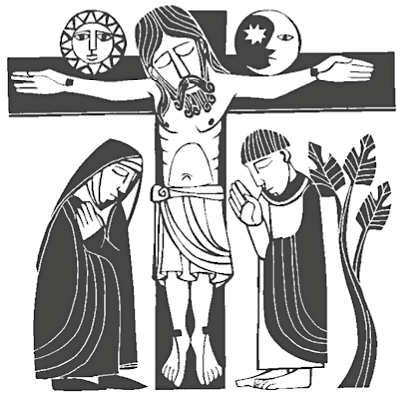There is a special kind of pain in watching someone whom you love in agony and being helpless to help him. This must have been what Mary Magdalene suffered at the death of Jesus. The gospels report that when Jesus was crucified she was there. The comfort of being able to give him any comfort was unavailable to her. It must have been heartbreaking for her.
In these circumstances, she formed a plan. She watched till he was taken down from the cross, and she marked where they put his body. She gathered the necessary things and waited till the Sabbath was over. On the morning after, she went to the tomb to anoint him. If she could not comfort him in his dying, she could anoint his body after his death. It must have been her heart’s desire to do so.
And yet we know the end of her story. When Jesus appeared to her on Easter morning, he said to her, “Mary!” and she recognized him in the saying of her name. In that electric moment, her weeping ended. Her heartbreak at his death was over, and her heart’s desire to anoint him, so pain-filled in its formulation, fell away. What she had wanted was so small by comparison with what she received then. What she had then was him, and she had him gloriously. Who could fail to miss his love for her? Neither she nor anyone else in her community—that is the answer. The whole community—apostles, disciples, family—first learned that Jesus was still present among them from her report of her experience of him.
And so, for her, the heartbreak of Good Friday was redeemed in love. That is the Good Friday lesson for us too.
Art by Martin Erspamer, OSB
from Religious Clip Art for the Liturgical Year (A, B, and
C). This art may be reproduced only by parishes who purchase the
collection in book or CD-ROM form. For more information go http://www.ltp.org

